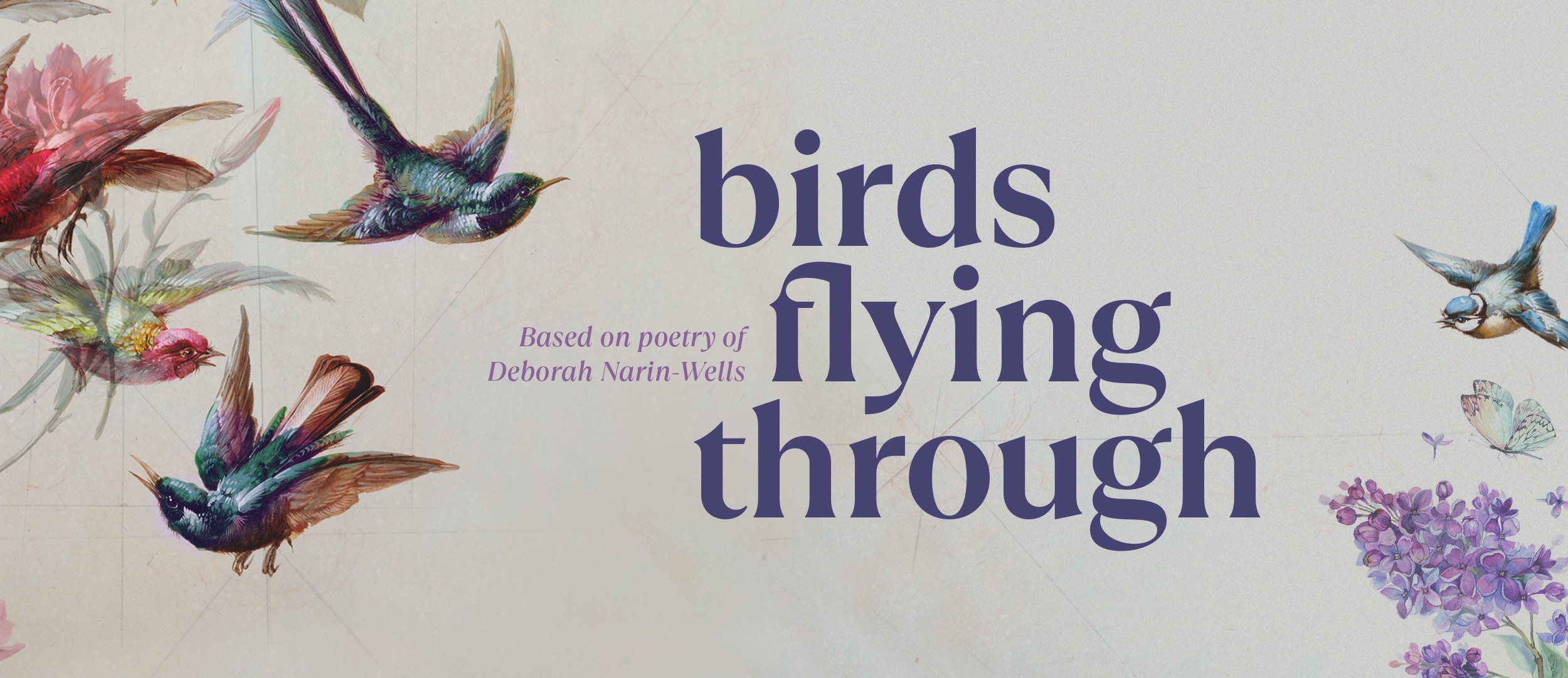Five local composers have created a score featuring nine poems written by Eugene's own Deborah Narin-Wells. These exciting new musical treatments explore how the roles of daughter, wife, and mother influence what it means to be a whole woman. Below find information about the creators and performers.
Ragozzino Performance Hall at LCC
September 30 - October 2, 2022
Birds Flying Through
We hope you enjoy the full production of Birds Flying Through
Cast & Creative Team
Poet
Deborah Narin-Wells
Composers
Kathryn Brunhaver
Paul Safar
Colin Pip Dixon
David Sprung
Anice Thigpen
Director
Brian Haimbach
Choreographer
Bonnie Simoa
Conductor
Brian McWhorter
Vocalists
Gretchen Farrar, Soprano
Siri Vik, Soprano
Paige Carpenter, Mezzo-Soprano
Instrumentalists
Nathalie Fortin, Piano
Kathryn Brunhaver, Cello
Annalisa Morton, Oboe and English Horn
Arnaud Ghillebaert, Viola
Dancers
Lynn Burg
Karen Sanchez
Sara Stockwell
Pamela Lehan-Siegel
Olivia Ross
Madeleine Sisson
Elana Sutton
Thank you to our sponsors.





